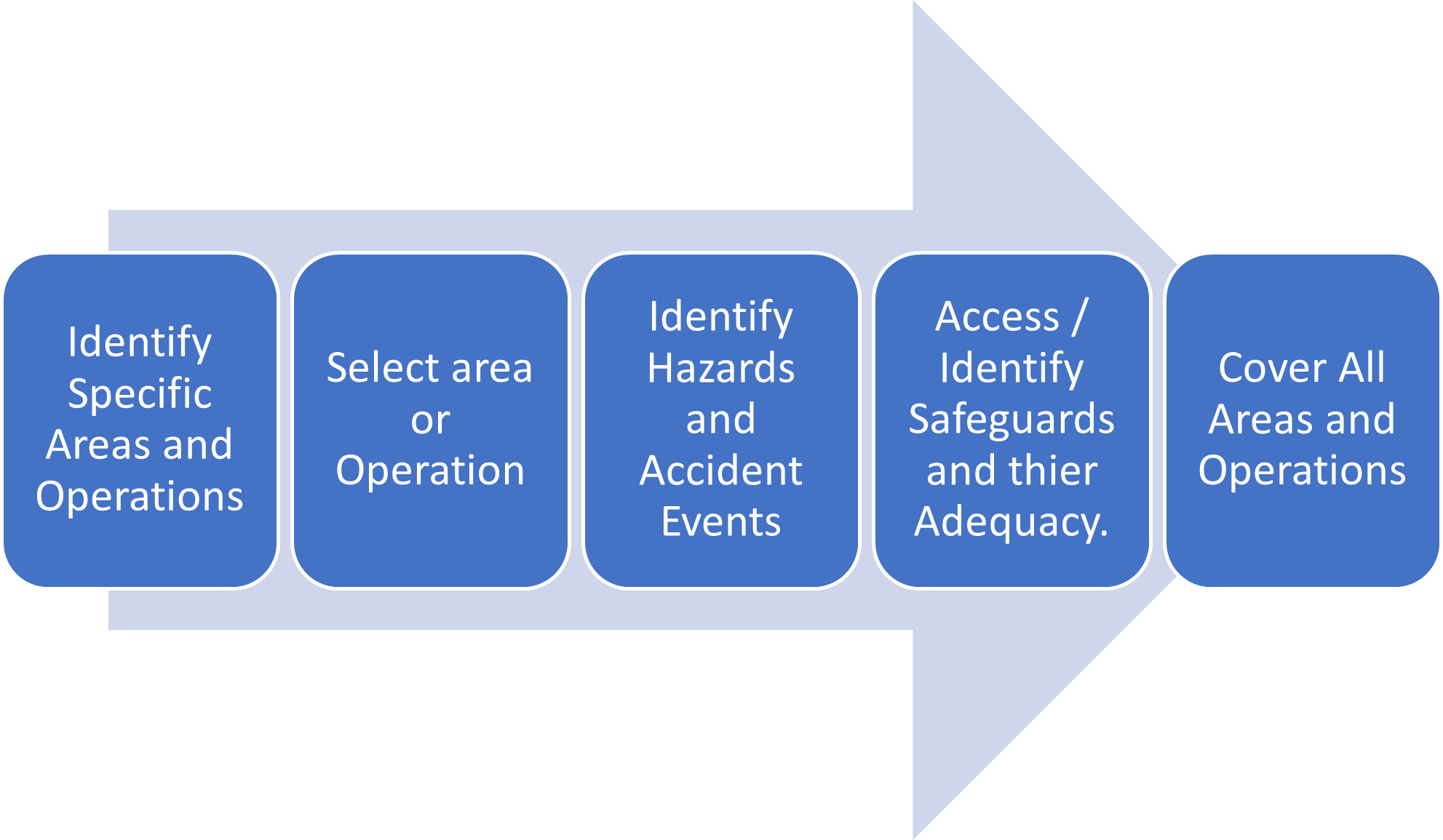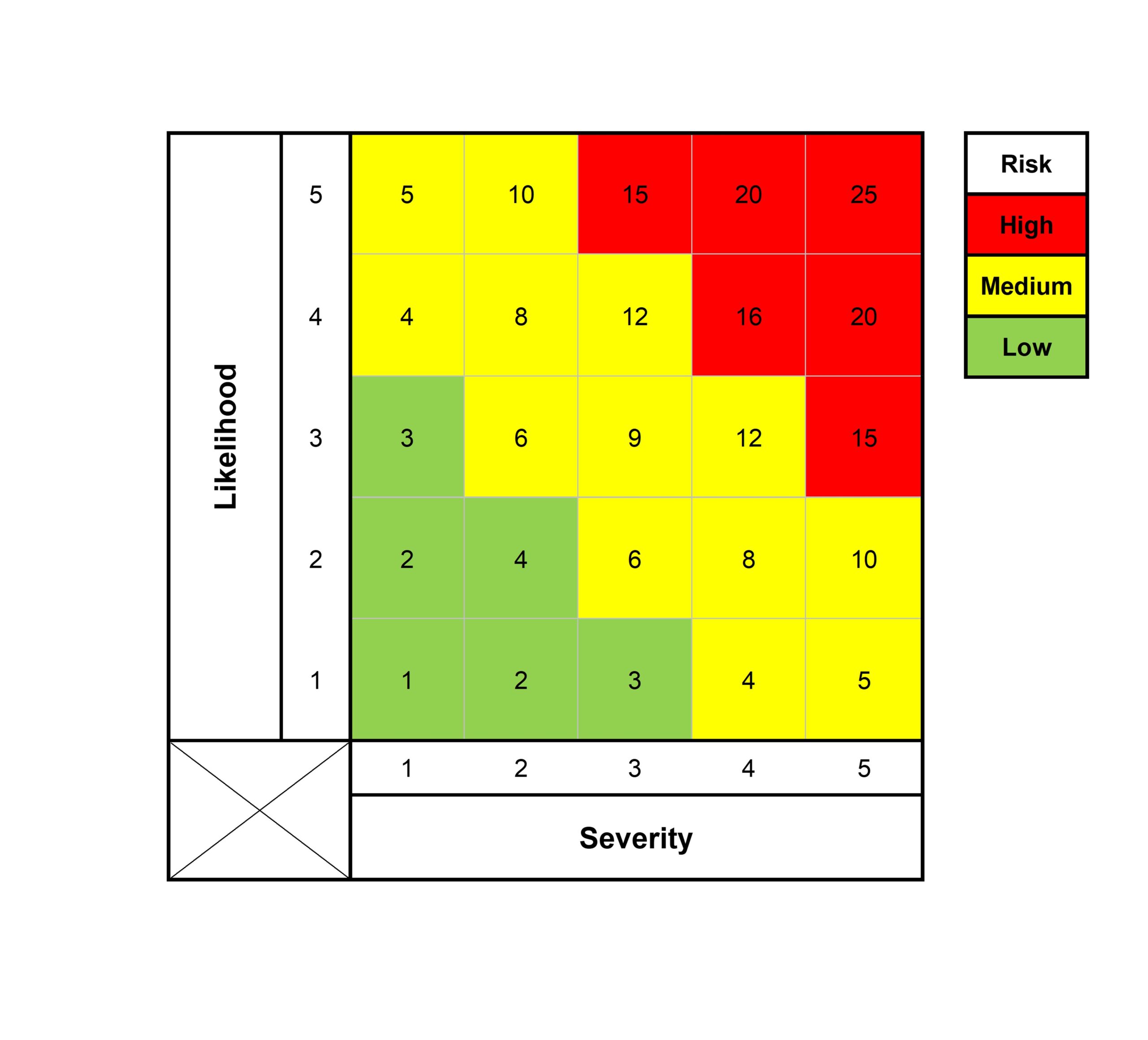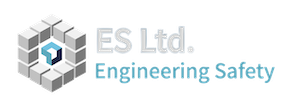Hazard Identification (HAZID)
The HAZID study technique has been developed as a structured efficient alternative to the HAZOP studies for providing highly effective hazards identification when it can be demonstrated that circumstances do not warrant the full rigor of a HAZOP. HAZID can also be used in conjunction with or complementary to a HAZOP.
The HAZID study method is a thorough, systematic, multi-disciplinary team oriented analytical technique. HAZID studies differ from HAZOP studies in that HAZOP examines the plant line-by-line, vessel-by-vessel, etc., where HAZID, is a systems-oriented technique that examines complete systems or subsystems. HAZID relies on structured brainstorming by a team of process experts with supplemental questions from a checklist to ensure comprehensive identification of hazards.
The leader should begin the discussion by asking for and summarising team input for each of the regulatory requirements listed below:
- Hazards of the process.
- Previous incidents with catastrophic potential.
- Engineering and administrative controls.
- Consequences of failures of engineering and administrative controls.
- Facility siting/layout.
- Qualitative evaluation of safety and health effects.
- Other regulatory issues.
Next the leader should begin the discussion by stating the category of questions for discussion and then by either asking for ideas or offering an initial question. The structure for questioning is provided by the following categories:
- Material Problems (MP).
- External effects or influences (EE/I).
- Operating errors and other human factors (OE&HF).
- Analytical or sampling errors (A/SE).
- Equipment/instrumentation malfunction (E/IM).
- Process upsets of unspecified origin (PUUO).
- Utility failures (UF).
- Integrity failure or loss of containment (IF/LOC).
- Emergency operations (EO).
Risk Ranking in Process Hazard Assessment
Depending on company requirements, or the selected method of Process Hazard Assessment, Risk Ranking of identified hazards is typically carried out. Risk Ranking is the process of qualitatively determining the risk as a combination of severity and likelihood with the help of a standard risk matrix. Based on this combination, risk prioritisation is carried out.
The severity should be determined for consequences related to Health & Safety, Environmental, Financial, Asset Damage and Reputation. The likelihood is the event frequency per year which should be based on the company, as well as on historical databases. Many different kinds of risk matrices are used across various industries, with the most common one being a 5X5 Matrix.
For true Risk Ranking, it is appropriate to introduce the concept of As Low As Reasonably Practicable (ALARP). ALARP is the level to which risk should be controlled and compares the risk with the sacrifice involved in further reducing it. If the costs of further controls are high, but they will only reduce the risk a small amount, then they may be grossly disproportionate. ALARP has been reached. However, if further controls can make significant risk reductions, or are cheap and easy to implement, they will need to be introduced to reach ALARP. This notion is widely recognised and is a common feature in many PHA studies.


FAQ
As a minimum, the following information would be required in order to conduct the workshop:
– Plot Plans
– Process Flow Diagrams
– Facilities Design Basis
– Operating Data and Procedures
– Maintenance Data and Procedures
– Material Selection and Data Sheets
Based on the project requirements, additional information may be required, which will be highlighted within the Terms of Reference (ToR).
As a minimum, the following personnel would be required in order to conduct the workshop:
– Process Engineer
– Controls and Instrumentation Engineer
– Process Safety Engineer
– Maintenance representative
– Operations representative
Based on the project requirements, additional personnel may be required to attend the workshop, which will be highlighted within the ToR.
On award of the study ES will issue a project ToR, which will highlight the assumptions that shall be made in the study, along with the workshop details, methodology and data sources that will be utilised as well as any further information required from the client.
Upon acceptance of the ToR, ES will facilitate the HAZID study through a workshop providing the facilitator and scribe. Once the workshop has been conducted ES will prepare a HAZID report describing the facility, the scope of work, a detailed methodology, the HAZID worksheets, a summary of the HAZID actions and any recommendations based on the discussions during the workshop.
ES are a globally renowned facilitators of HAZID studies having facilitated well over 100 session just over the past years, with a team of TUV Rheinland certified Functional Safety Engineers available for facilitation. For more information, or to discuss your needs for conducting a HAZID study, please contact us using the form below or email [email protected]


